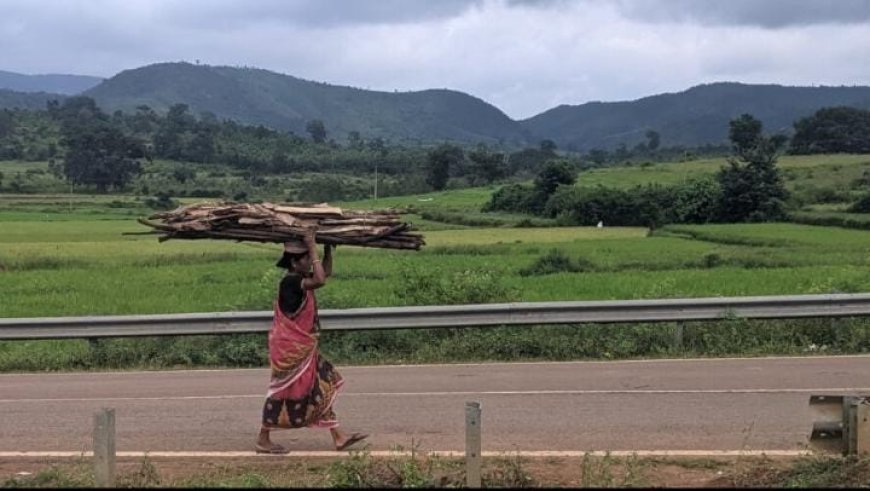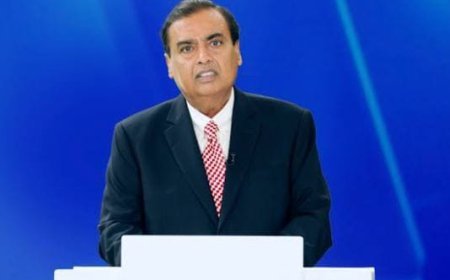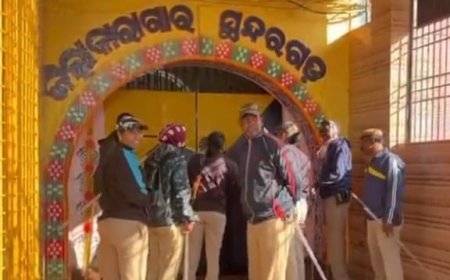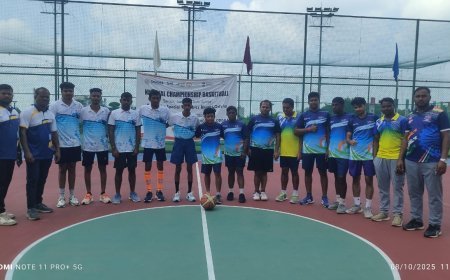ODISHA GOVERNMENT'S INCLUSIVE DEVELOPMENT: CASE IN POINT KALAHANDI

Bhubaneswar(14/10/2023): Not so long ago, it was practically incomprehensible to think of any form of socio-economic stability in Western Odisha’s Kalahandi district.
Kalahandi, from Odisha’s Kalahandi-Balangir-Koraput (KBK) corridor- which includes the eight districts of Koraput, Malkangiri, Nabarangpur, Rayagada, Balangir, Sonepur, Kalahandi, and Nuapada- was infamous for being one of India’s most backward belts.
This so-called “backward” district now has an operational airport (Utkela airport), something that a lot of other conventionally more “developed” districts do not.
However, this is not the only commendable change in the district.
Previously, the population lived in extreme poverty, while starvation and malnutrition claimed innumerable lives at an alarming frequency.
But, according to a 2020 report, the district now holds the second position in the state in rice production and also has been recording food surpluses over the last few years.
Moreover, there are various other ongoing developmental projects worth more than 2085 crores being undertaken and have been completed in Kalahandi, in the spaces of public health, education, agriculture with a focus on irrigation.
Some of those are; the construction of a new medical college and a 650-bed teaching hospital in Bhawanipatna, Kesinga-Bolangir 220 KV line, mega irrigation project on Indravati river, Sandul irrigation project in Rampur, a new bus stand project in Bhawanipatna etc.
Under the 5T initiative’s High School Transformation programme, many schools have been taken up with the active participation of the SMDC members, alumni, teachers and students in the district of Kalahandi.
Smart classrooms, e-libraries, advanced science labs and also toilets are being built in all of these schools in a way that is unprecedented in the region.
Although the development is laudable in itself, to appreciate it further, there is a need to analyse the demography of the region at hand.
Scheduled Castes and Scheduled Tribes population encompass 18.2% and 28.5% of the total in the Kalahandi district, indisputably making it a minorities-dominated region.
It is no surprise that these aforementioned communities are the most marginalized within this country, are usually devoid of the space that they deserve in the general policymaking frameworks and narratives, and have historically been downtrodden to the extent that bolstering their social standing has proven to be a herculean task time and again for different governments and policymakers across the country.
Contextualizing the situation of Kalahandi with a plethora of other minority-dominated belts across different states in India, highlights the strong resolve of the Government of Odisha to uplift not just the already uplifted but also the other sections of society that have predominantly been in a disadvantageous situation over decades.
In most other states, the tribal and minority dominated areas, although require the maximum attention, usually receive the least.
But, the Government of Odisha has always been a pioneer in setting examples for other states to follow suit and Kalahandi is no exception to that, as showcased by the initiatives being administered and the outcomes that are being witnessed.
As Chief Minister Naveen Patnaik rightly said, Kalahandi is no longer a laboratory to study poverty, but is a bright role model of development within the country and not just Odisha.
This development of course did not take place overnight and has required many concerted efforts, some revolutionary such as the “Kalahandi Dialogue”, that took place in 2018 under the able chairmanship of Sujeet Kumar.
The Dialogue was immensely beneficial is streamlining a developmental agenda for the district and charting out a path for the future, which, I might say, appears to have been followed quite meticulously so far by the Government.
As we see in politics notoriously frequently, Governments are prone to basking in past glory or shielding themselves under the safety veil of making a positive impact in certain areas, when a lot of others might be alarmingly neglected.
The Odisha Government undoubtedly has this leverage due its unparalleled policymaking in the spheres of sports, healthcare, disaster mitigation and management and others in the recent past and receiving positive spotlight for it.
Nevertheless, the thing that stands out is the Government’s determination to not ride on this praise and instead focus on inclusive development, being mindful of the interests of the most vulnerable sections of society as well, such as the people of the Kalahandi district.
This is not to say by any means that the job is done and the Government does not seem to think so either as indicated from its continuous efforts at developing the region along with the state.
It is only the beginning of a journey that is likely to span decades.
But, the developments that have taken place in this district and are ongoing, are a major step in the right direction and have the potential to completely transform the landscape of the region in the upcoming years.
Other states must garner inspiration and lessons to implement in their backward belts.
This, in turn, would only contribute towards facilitating the country on a previously uncharted path of development that is progressively less uneven in nature.









































